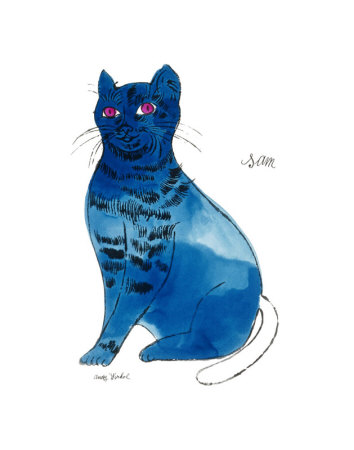David Hockney (born 9 July 1937) is an English painter, draughtsman, print maker stage designer and photographer. He has a home in both Yorkshire and London as well as two residences in America.
He was an important contributor to the Pop art movement of the 1960's and is considered one of the most influential British Artists of the 20th century.
Throughout his life he made prints, portraits of friends and stage designs for various important theaters.

Hockney Painting
Hockney was born with synesthesia, a condition that means he sees colours when hearing music. In general he does not use this in his painting or photography. He did however use it when making sets for various ballets and operas, where he based the colour schemes on the colours he saw whilst listening to the music of the theater piece.
TURANDOT — Set design by David Hockney
He also worked with photography, or, more precisely photo collage. Using a varying number of small Polaroid photographs of a single thing; Hockney would then arrange a patchwork of composite images. One of the first of these images was of his mother.

Because the pictures are all taken from different perspectives and at slightly different times, the result is that it has a similar look to Cubism.
Hockney created these works mostly between 1970 and 1986. He called them "joiners". He created these pieces by taking multiple photographs of one subject and arranged them into a grid layout.

His A Bigger Grand Canyon, is a series of 60 paintings that combine to make one huge picture. It was bought by the National Gallery of Australia for $4.6 million.
However one of his most iconic pieces, The Splash fetched a huge £2.6 million, which was the record for one of his paintings.
Since 2009, Hockney has painted hundreds of portraits, still lifes and landscapes using, Brushes on the iPhone and iPad, often sending them to his friends. He now has gallery exhibitions of iPads and iPods showing his new work.
























